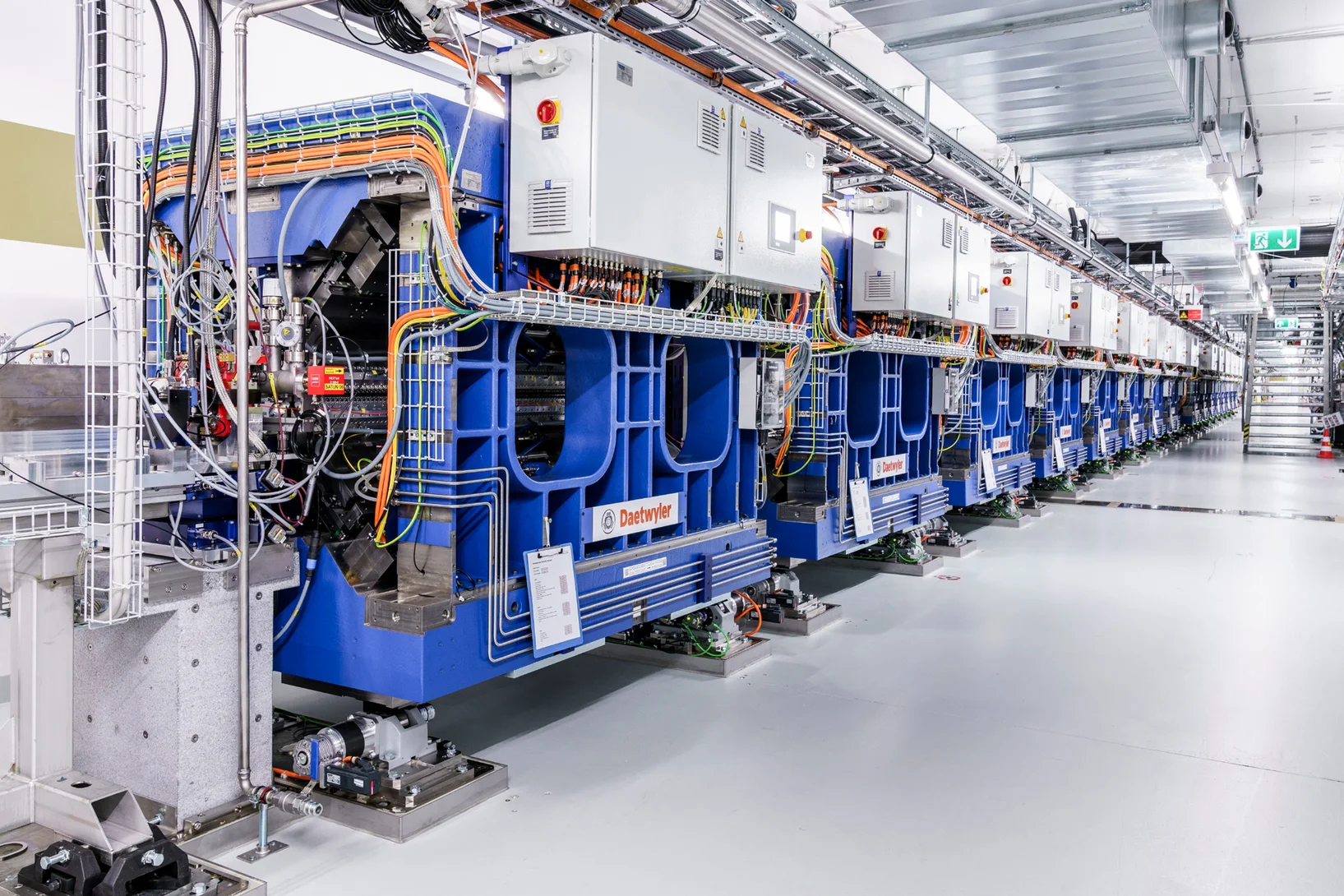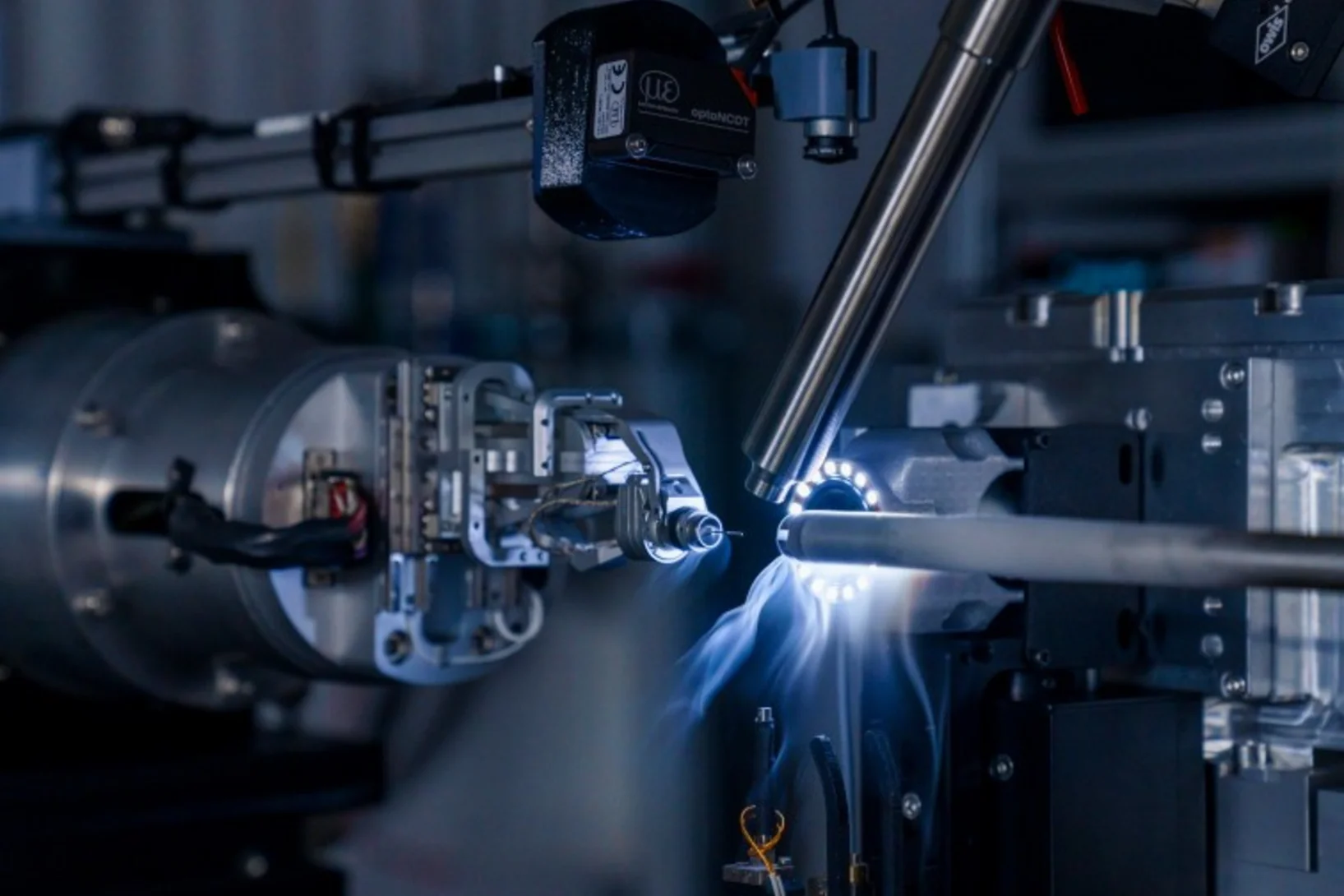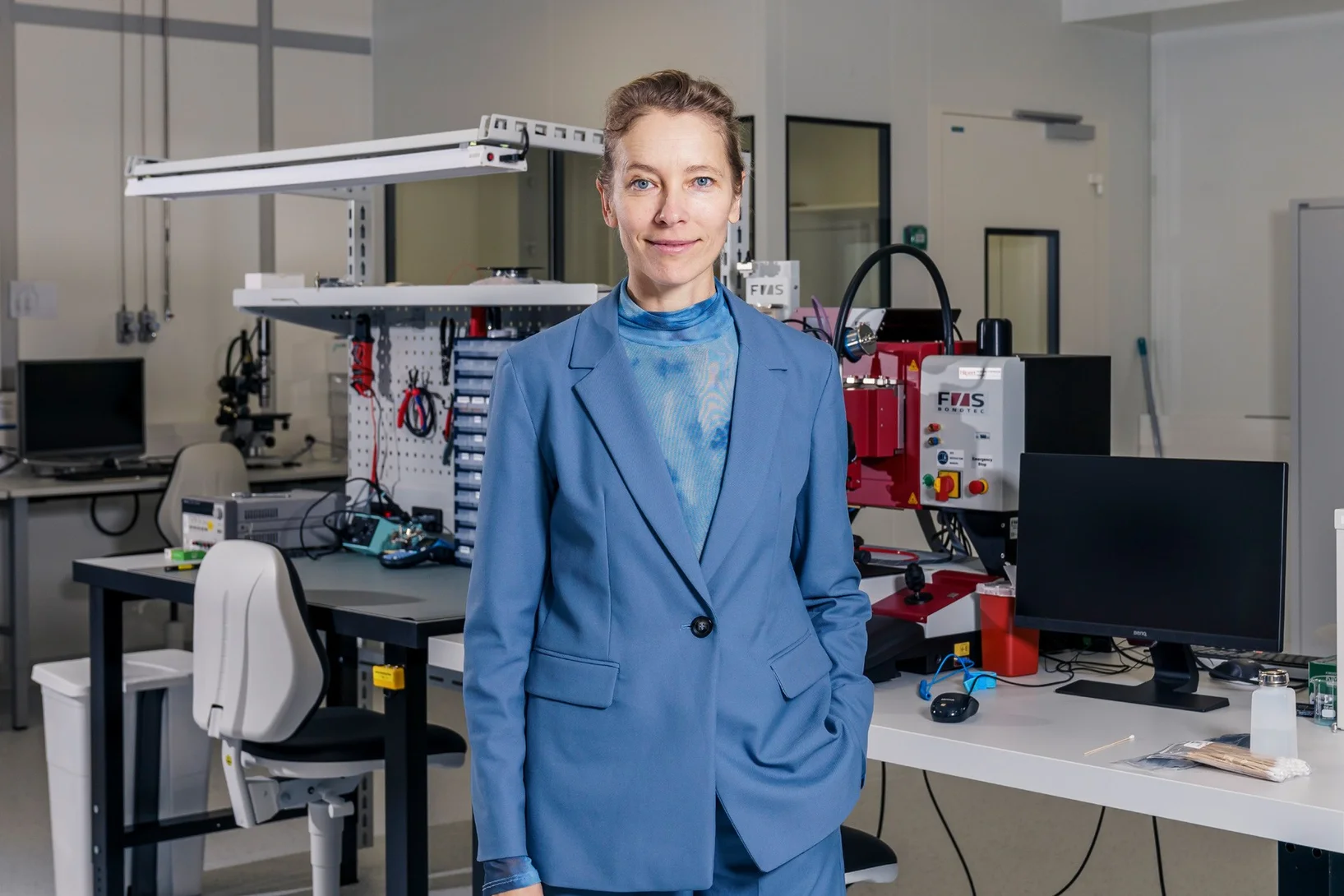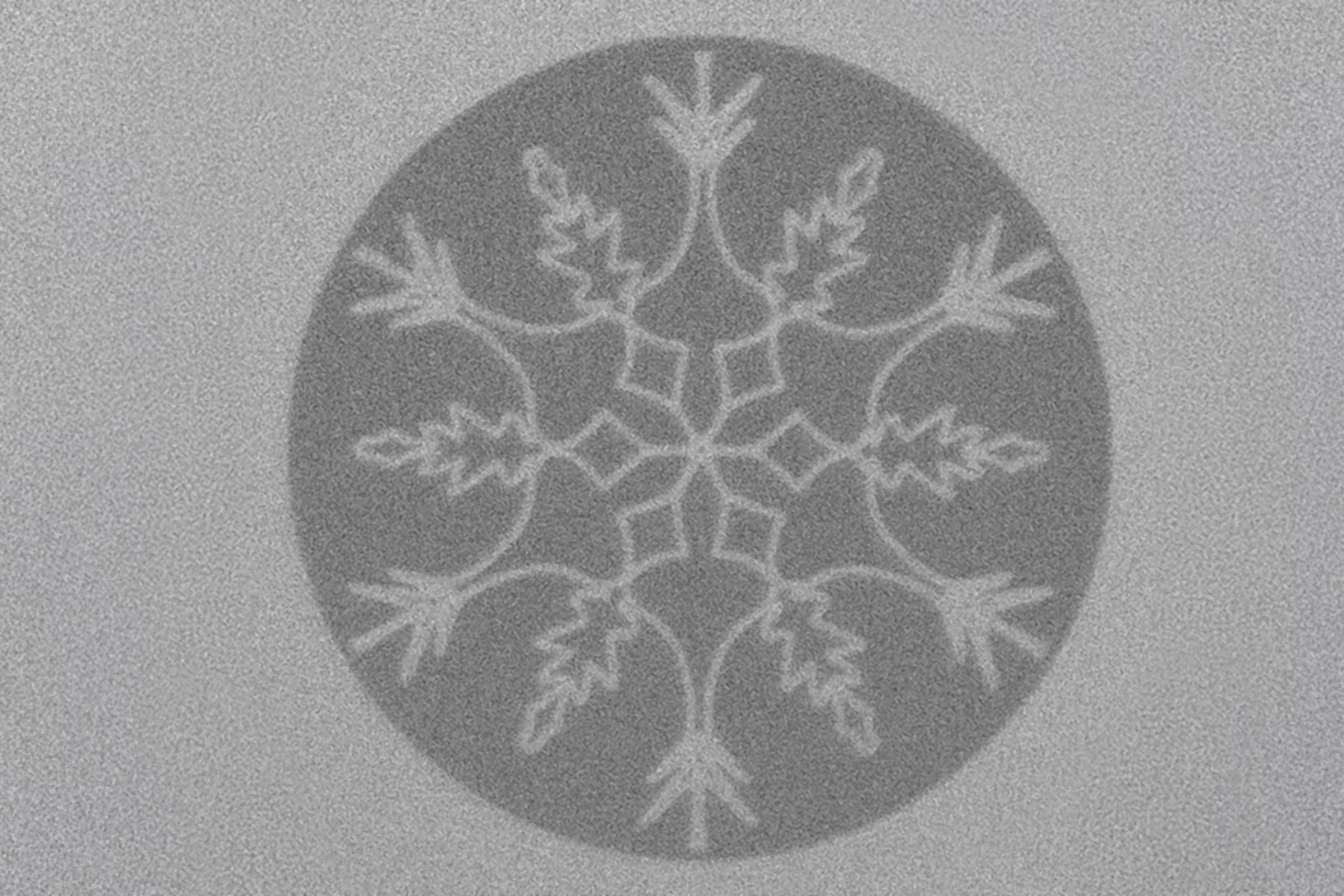A nucleation point of PSI competences towards the quantum technology initiative.
PSI's expertise in the study of quantum matter and engineering of nanoelectronics is directly connected to the availability of world-class large-scale facilities, such as the SINQ neutron and SµS muon source, the SLS synchrotron and the SwissFEL x-ray free-electron laser.
The Quantum Technology Collaboration at PSI (QTC@PSI) serves as a platform to coalesce key competences and know-how (imaging, spectroscopy, sample synthesis, nanofabrication and theory) that will lead to the development of components required to implement quantum technology in everyday life. Critical expertise in nanofabrication, optical amplifiers & microwave technology, metrology, cryogenics & magnet engineering, as well as detector technology exist at PSI today. This combination of scientific excellence in materials science and quantum materials along with the technological know-how and large scale facilities means PSI is uniquely positioned to make significant contributions to the quantum revolution that now is unfolding worldwide.
Latest News
Synchronising ultrashort X-ray pulses
Attosecond coherent pulses at SwissFEL will open new experimental possibilities
Kelvin: Die Skala der Kälte
Null Kelvin – das ist der absolute Temperatur-Nullpunkt. Denn Wärme ist Energie, Kälte bedeutet weniger Energie, doch es kann niemals negative Energie geben. In der uns geläufigen Temperaturskala ausgedrückt liegen null Kelvin bei –273,15 Grad Celsius: Nichts kann kälter werden als das. Einige Forschende am PSI führen Tieftemperatur-Experimente nahe diesem Nullpunkt durch; andere tüfteln an technischen Möglichkeiten, um die Temperatur möglichst effizient zu senken.
«Kooperationen sind in der Quantenforschung besonders wichtig»
PSI-Forscherin Kirsten Moselund spricht über Quantentechnologien – über deren Bedeutung und den aktuellen Stand in der Schweiz. Und über ihre eigene Forschung im Bereich Nano-Photonics.
Laser zeichnet magnetische Landschaften nach Mass
Forschende am PSI fanden eine überraschend günstige und schnelle Methode, um magnetische Materialien lokal zu verändern.
Atome unter Druck
Zurab Guguchia setzt Materie zu – und erzeugt damit spannende Quantenphänomene, darunter Supraleitung bei leichter erreichbaren Temperaturen.
Duett des Terbiums und andere Quantenkunst
Um stabilere Qubits zu schaffen, lassen PSI-Forschende Terbiumionen paarweise auftreten. Anderswo platzieren sie mit Lichtpinzetten Atome hochgenau.






